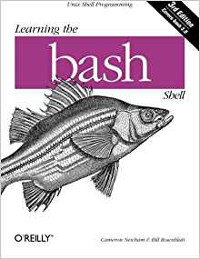Bash Programming Language Profile
Bash
Bash (acronym for the ‘Bourne-Again-SHell’) is the GNU Project’s shell and programming language. It’s an sh-compatible shell that incorporates useful features from the Korn shell (ksh) and C shell (csh). Bash has become a de facto standard for shell scripting. It runs on almost all versions of Unix and a few other operating systems including Windows platforms.
A Unix shell is both a command interpreter and a programming language. As a command interpreter, the shell provides the user interface to various utilities. The programming language features of Bash allow these utilities to be combined. Files containing commands can be developed, and become commands themselves. A shell script is therefore a quick way of prototyping a complex application. Shell scripting follows the classic Unix philosophy of breaking complex projects into simpler subtasks, of chaining together components and utilities.
Like all Unix shells, Bash supports filename globbing (wildcard matching), piping, here documents, command substitution, variables and control structures for condition-testing and iteration. The keywords, syntax and other basic features of the language were all copied from sh. Other features, e.g., history, were copied from csh and ksh. Bash is a POSIX shell, but with a number of extensions.
FACTS
Type of Language: Command
Designed by: Brian Fox
Public Release: 1989
License: GNU GPL v3
Website: www.gnu.org/software/bash
RECOMMENDED OPEN SOURCE BOOKS
USEFUL RESOURCES
Awesome Bash – A curated list of delightful Bash scripts and resources.
RECOMMENDED BOOK TO BUY
PROGRAMMING LANGUAGE PROFILES |
|---|


